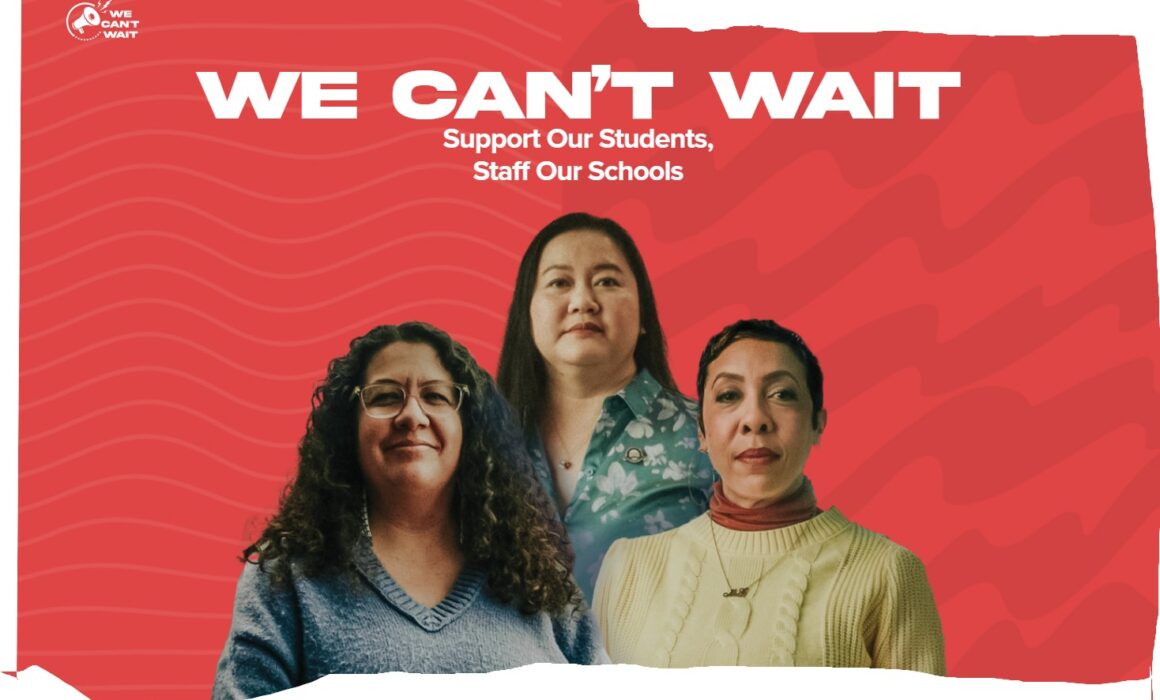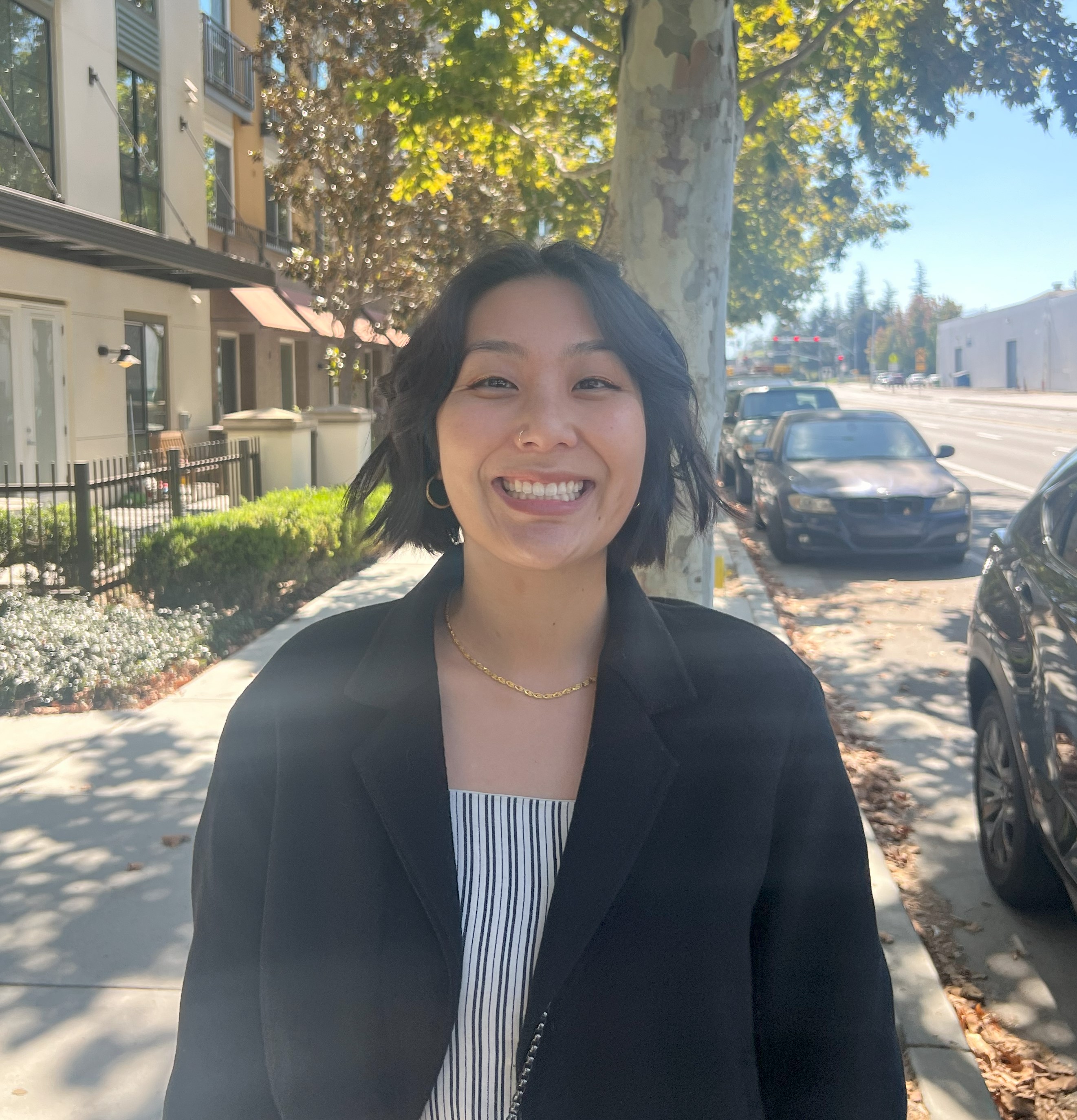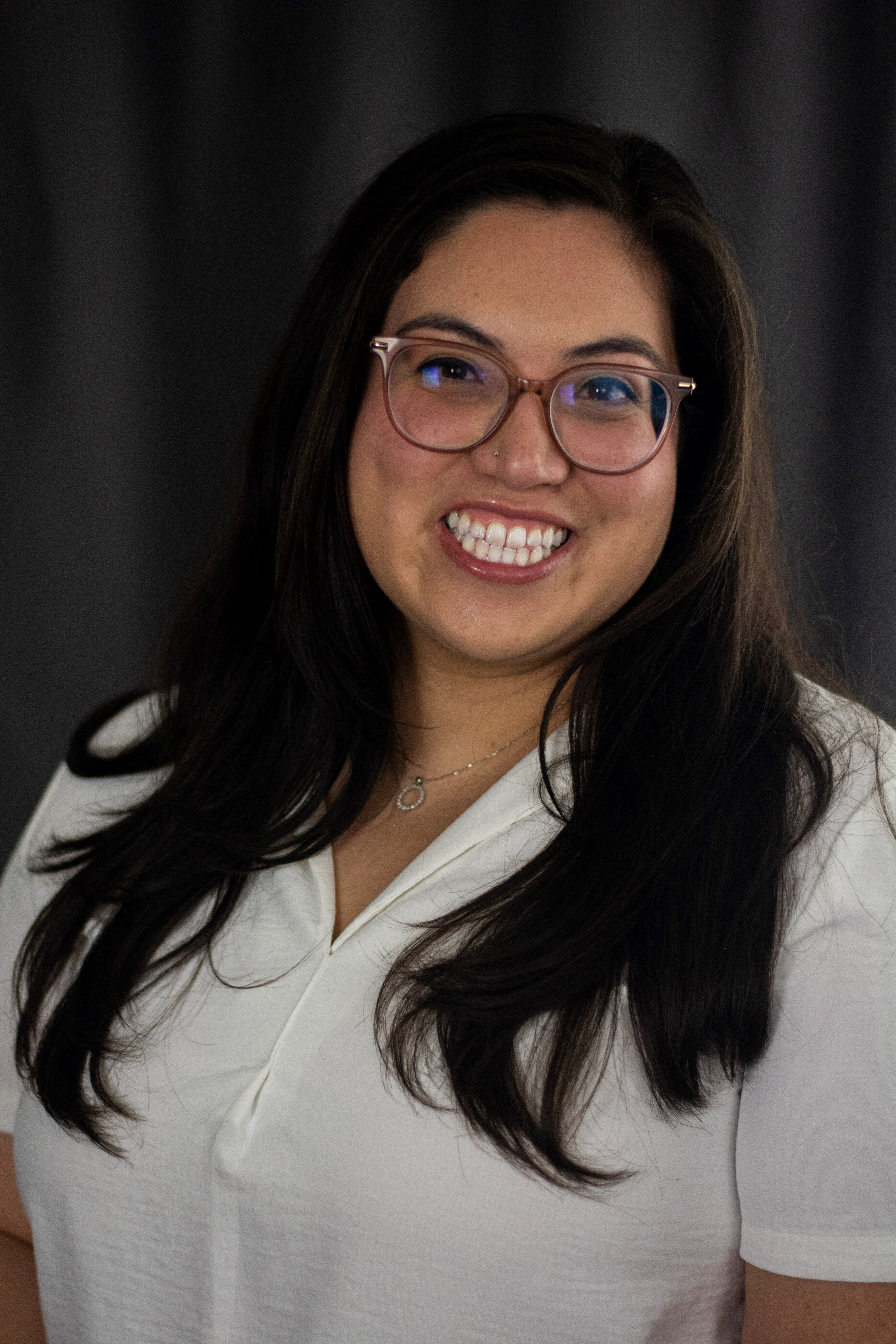
Inadequate Pay

Julia Sayavong
Julia Sayavong is a TK teacher and member of San Jose Teachers Association; she is an auxiliary site representative.
“I had to move in October 2024. My landlord raised the rent each year, so when the lease was up at our apartment my partner and I had to find something that was more affordable.
“It was hard to find a place within our budget. Our new place is 700 square feet, smaller than our old place by 100 square feet, with no closet space, for the same price. Everything is close to $3,000 a month. This is normal for the Bay Area.
“I have two side jobs: I help a parent with their child every two weeks on Zoom, and I babysit. I used to tutor. I’m also getting my master’s in early childhood education. I’m already in debt from my undergrad education. With my master’s degree I will get another $3,000 a year in salary, or $250 a month.
“The amount of work I have to do for an extra $250 a month — I should just babysit more. I just started with a new family for five babysitting sessions. I’ll get paid $1,000. This is really sad.
“The extra income from my side jobs helps me pay my credit card and student loans, of which I still owe $15,000. I have to be really disciplined: meal preps, Costco gas, no Uber eats.
“I love my job, I love my community, I love where I’m at, but can I really stay here and what would I have to sacrifice? I can stay now because I have a partner — it’s hard by yourself; I have a teacher friend whose whole paycheck goes to pay bills.”
Class Size

Wendy Criner
Wendy Criner teaches English and ELD at Western High School in Anaheim. A member of Anaheim Secondary Teachers Association (ASTA), she is a site rep, bargaining team member and CTA State Council delegate.
“Our feeder junior high Orangeview, with 350–400 students, was closed and will move to our campus next year. We’ve been told that we need to get down to 1,400 students total to have enough space for everyone. (Western alone has 1,450 students.)
“We don’t have language in our current contract that caps class period limits. A teacher’s cap for the entire day is 195 students — an average of 39 per class. Class sizes in ELD classes are small — but that means other classes can have 43 students. I have 43 in a freshman English honors class. We have math and science classes with similar numbers — one science class had 50 kids in a class designed for 40 for weeks. Students who get attention are the ones participating or acting inappropriately. We’re expected to teach our curriculum to all these students in 55 minutes.
“Class caps need to be bargained to make sure we’re holding to reasonable and effective limits — ASTA is looking into this.
“Western is a community school so we make sure kids get clothes, glasses or dental work when they can’t afford it. We are a loving staff. The problem is that it’s exhausting. We’re suckers for the job we do, but we’re getting really tired.”
Combo Classes and Short-Changed Students

Cecilia Carrasco
Cecilia Carrasco teaches a 3/4 combo class and 3rd grade at Empire Gardens Elementary in San Jose. A San Jose Teachers Association member, she is a site rep and works on SJTA’s equity team.
“Empire Gardens has about 200 kids — other schools in our district have 600–800+ students, with PTAs. A strong PTA can raise up to $20,000 a year to pay for extra things. We don’t have a PTA, so for example with Proposition 28 we got funds for music instruction but we have been without a teacher for six months.
“This year, we have an attendance counselor, no academic counselors. The attendance counselor has helped improve our attendance, which was really low. Schools with lower enrollment like ours have more combo classes. We don’t receive a lot of training to teach combo classes. Combo class teachers lack time — I have 60 minutes to teach third- and fourth-grade math. For social studies we pull out the more important stuff such as government, since there’s no specific curriculum for a ¾ combo. I have 13 third-grade kids with 13 third-grade textbooks, and nine fourth-grade kids with fourth-grade textbooks. If I’m teaching my third graders, I want my fourth graders to be quiet with collaborative tasks. Students don’t have me for the full hours I should be teaching them.
“It is stressful trying to teach everything in the time you have. The district wants you to teach one lesson a day. If students are not mastering it, there’s little leeway to spend time on it, you have to push forward. Our principal created small-group “math opportunity” time to work on concepts that students are struggling with.
“We have a lot of teacher turnover. I’ve been doing combo classes since 2016, and I’m too attached to my Title 1 kids to leave. But we try not to give new teachers a combo class.”
A Living Wage, Workload

Ana Reyes-Becerra
Ana Reyes-Becerra is a Special Education teacher at Sheldon Elementary in Richmond. She is in her sixth year as an educator and is a United Teachers of Richmond member.
“I grew up in the area and went to the school I work at now. My husband is also a teacher at Kennedy High in Richmond. We both went to UC Berkeley. I have a master’s degree in Special Education and a credential. It’s still not affordable to own a home on our own — we are lucky to co-own with my mom. I look at close friends I went to college with, and they have higher salaries with less education. It is disheartening.
“I moved districts in the past year — the higher salary was a big incentive. I love the place I work, it’s very supportive, but the demands of the job make it difficult. We bring up workload frequently — a lot is mandated at the state level so the district keeps adding on more work for us, with no extra time to do it.
“I teach math and reading to all different kinds of Special Ed students. I do initial IEPs of Special Ed services, I assess students, I’m their case manager. It feels like I’m doing three jobs in one, and not really getting paid for all of that.
“My dream was to teach in my community. I am achieving that dream, but it’s still hard to live in this economy. We want to stay here, we don’t want to move, but as a family we don’t think we’ll be teachers for the rest of our lives.”
Not Enough Counselors
Adriana Goni is a counselor at Millennial Tech Middle School and San Diego Education Association member.
“I’m in my ninth year as an educator, but first year counseling. I taught mild-moderate Special Education and general ed English and history. My site is small; we are a Community School, and Title 1.
“It’s always a struggle at my site, with one counselor per 380 students. Counselor caseloads are higher at the high school level — it’s difficult to do work that is preventative, either social-emotional or academic, with so many students. With Special Ed, we always struggled to have enough paraprofessionals and mod/severe teachers — we had no continuity, lots of turnover.
“We have pieced together counseling staff that doesn’t include allocation from the district — which is not enough to do everything we need. We had to move funding around from different places. We have a dean of students funded ‘hodgepodge’ who helps catch [low-level student behavioral issues] and teaches a related class. We have a paraprofessional supporting the counseling department.
“We’re working hard to create a solid [student behavioral] framework that addresses our school safety needs and other concerns, so students experience consistency across the site.
The Discussion 0 comments Post a Comment